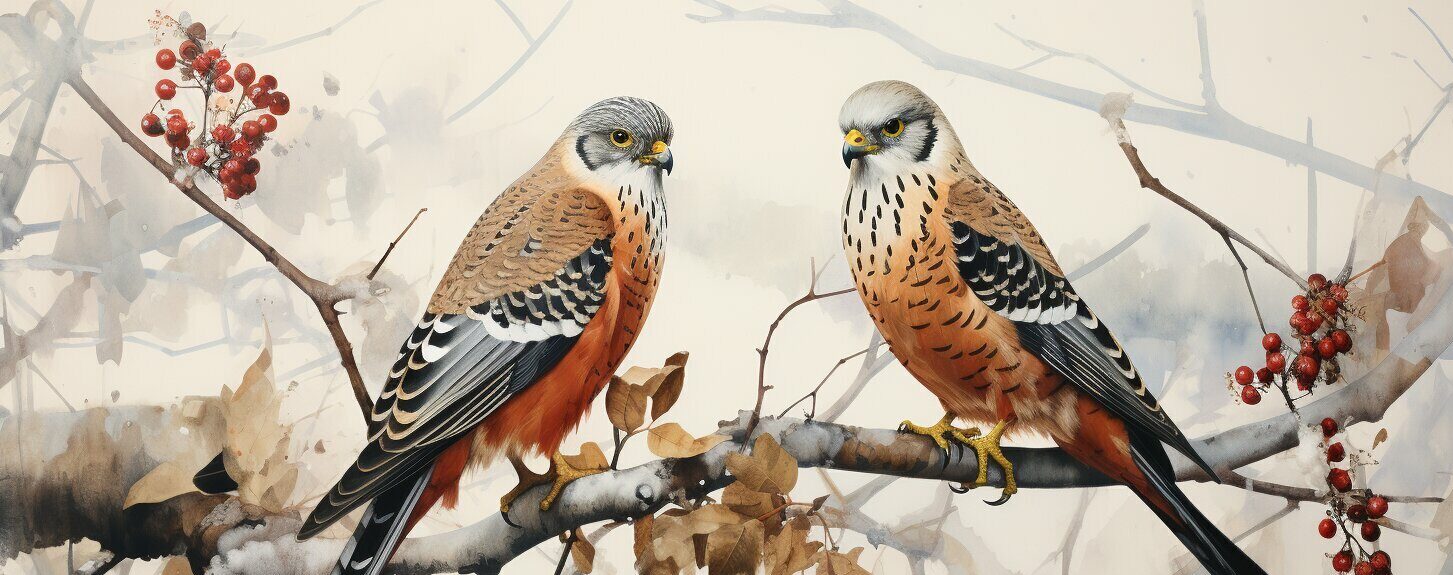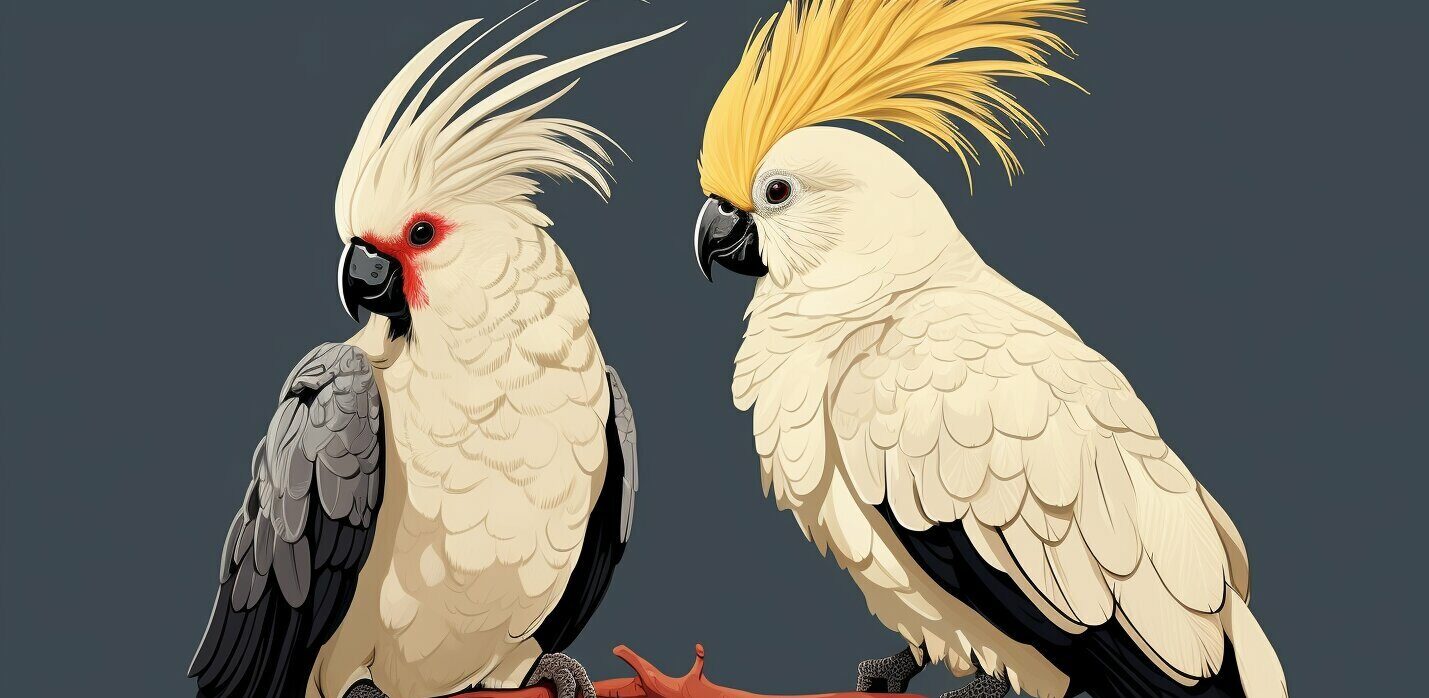Peacocks are known for their striking beauty and unique appearance. These birds are fascinating creatures, and the differences between male and female peacocks add to their intrigue.
In this article, we’ll explore the distinguishing features between male and female peacocks, including their physical characteristics and behavior. Understanding these differences can help us appreciate these remarkable birds even more.
Key Takeaways:
- The differences between male and female peacocks are fascinating and unique.
- Understanding the physical and behavioral characteristics of male and female peacocks can help us appreciate them even more.
- Male peacocks have distinctive plumage and courtship displays, while female peacocks have more subdued coloration and nesting habits.
Identifying Male and Female Peacocks
Male and female peacocks differ in their physical characteristics, making it relatively easy to distinguish between the two genders.
| Characteristic | Male Peacock | Female Peacock |
|---|---|---|
| Size | Male peacocks are larger than females, averaging between five to seven feet in length and weighing around 11 pounds. | Female peacocks are smaller in size, measuring between three to five feet in length and weighing approximately six pounds. |
| Coloration | Males have bright and colorful feathers that are iridescent, while females have more subdued coloring and lack the iridescence. | Female peacocks are brown in color to provide camouflage when nesting and lack the vibrant plumage of males. |
| Feather Patterns | Male peacocks have long and colorful feathers on their backs, which they use to attract mates during courtship displays. | Female peacocks have shorter, more practical feathers that help them blend into their environment while they nest. |
These physical characteristics are the primary means of identifying male and female peacocks. The males’ larger size and colorful plumage make them easy to spot in the wild, while the females’ muted feathers and smaller size help them blend in with their surroundings and protect their young.
Unique Characteristics of Male Peacocks
Male and female peacocks exhibit remarkable dissimilarities in their appearance and behavior, commonly known as sexual dimorphism. While female peacocks are relatively subtle in their features, males flaunt an array of striking physical and behavioral attributes that distinguish them from females. Some of the notable characteristics unique to male peacocks are discussed below:
Vibrant Plumage
Male peacocks are renowned for their vibrant, iridescent plumage, consisting of a long train of feathers extending from their backs. The train feathers are covered in distinctive eye-shaped spots of blue, green, and gold. These elaborate feathers are prominently displayed during courtship displays, and serve as an important factor in attracting a potential mate.
Elaborate Courtship Displays
Male peacocks engage in a remarkable courtship ritual, where they spread their feathers out into a wide fan and put on an elaborate display to attract the attention of female peacocks. The birds spin around, shake their feathers, and call out to the females in an attempt to impress them with their displays.
Territorial Behavior
Male peacocks are extremely territorial, often engaging in physical confrontations with other males to establish and defend their territory. They utilize their vivid plumage to intimidate their rivals, as well as to attract potential mates.
In conclusion, the unique characteristics exhibited by male peacocks make them a fascinating species to observe. From their remarkable plumage to their elaborate courtship displays and territorial behavior, these traits serve as a testament to the striking differences between male and female peacocks.
Notable Traits of Female Peacocks
Female peacocks, also called peahens, are often overshadowed by their male counterparts in terms of physical appearance. Unlike male peacocks, their feathers are not as vibrant and lack the iridescent hues. Their coloration is more subdued with shades of brown, gray, and cream, allowing them to blend into their surroundings and avoid detection by predators when nesting.
Peahens also have distinct physical features that can help identify them. They are generally smaller than males, with shorter tail feathers and a less prominent crest on their head. Their feathers may have hints of blue or green, but lack the bright colors seen in males. Additionally, they have a shorter and more rounded train.
The mating ritual of peafowl is highly dependent on the female’s choice of partner. Male peacocks display their plumage and perform elaborate courtship dances to attract a female. The female peacock plays a crucial role in the mating ritual by choosing a mate based on his display, vocalizations, and behavior. Once a suitable partner is found, peahens will build nests on the ground and lay a clutch of eggs. They are protective of their eggs and will fiercely defend them from predators.
Peahens are also known for their cooperative breeding behavior. Sisters or female relatives may assist with chick-rearing duties, which include feeding and protecting the young birds.
In conclusion, female peacocks may not have the flashy appearance of male peacocks, but they play a critical role in the peafowl’s mating ritual and contribute to the cooperative breeding behavior of the species.
Behavior and Social Interactions
Male and female peacocks display distinct behavioral differences, which reflect their respective roles in peacock communities. Sexual dimorphism in peacocks plays a significant role in their social interactions.
Male peacocks are known for their elaborate courtship displays, where they spread their colorful fan of feathers to attract females. They also exhibit territorial behavior, defending their space and resources from other males. In contrast, female peacocks tend to be more reserved and focus on nesting. They are known to select a mate based on various factors, which often include the male’s physical appearance and courtship display.
Interestingly, research indicates that the elaborate feathers of male peacocks are not just for show, but also serve as a means of protection. The vibrant colors and patterns on their feathers help them blend into their surroundings, making it harder for predators to spot them.
Peacock communities display a hierarchical social structure, with males dominating the top ranks. Dominance is often established through physical displays of aggression. Females tend to interact with one another in a more cooperative manner, often cooperating to raise their young and defend their nests.
Overall, the distinct behavioral differences between male and female peacocks highlight the importance of sexual dimorphism in their species. Understanding these differences can provide insights into the roles each gender plays in the peacock community and the significance of the elaborate and striking physical traits they exhibit.
Conclusion
Understanding the differences between male and female peacocks is crucial in appreciating the complexity of this magnificent bird species. Male peacocks stand out with their vibrant plumage and courtship displays, while female peacocks possess more subdued coloration and play key roles in the peacock mating ritual.
By identifying the physical characteristics that distinguish male and female peacocks, we can gain a deeper understanding of their behavior and social interactions. While male peacocks are known for their territorial behavior and hierarchical structures, female peacocks are more nurturing and focus on nesting and raising their offspring.
Overall, the difference between male and female peacocks highlights the fascinating world of sexual dimorphism in birds. Male peacocks have evolved unique characteristics to attract mates and defend their territory, while female peacocks have evolved traits that allow them to be successful in their roles as mothers and caretakers.
As we continue to learn more about the biology and behavior of peacocks, we can further appreciate the beauty and diversity of this incredible bird species.



